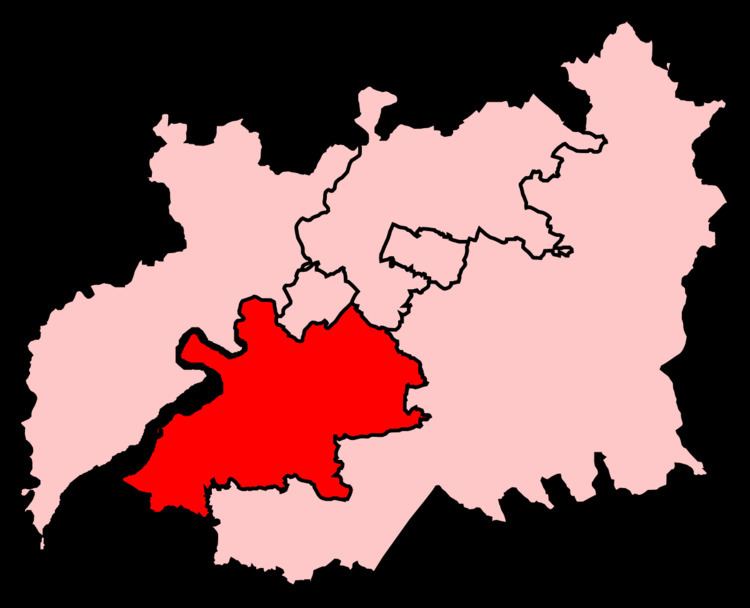County Gloucestershire Number of members One Type of constituency County constituency Member of parliament Neil Carmichael | Electorate 79,135 (December 2010) Number of members One Number of members Two | |
 | ||
Major settlements Stroud, Dursley, Stonehouse Replaced by Stroud and Thornbury, Gloucestershire Created from Stroud and Thornbury, Gloucestershire | ||
Stroud is a constituency represented in the House of Commons of the UK Parliament since 2010 by Neil Carmichael, a Conservative.
Contents
History
A previous parliamentary borough form of constituency of the same name was created by the First Reform Act for the 1832 general election. It elected two MPs using the bloc vote system until it was transformed in the Redistribution of Seats Act 1885 for that year's general election, the name being transferred to a single-seat county division which covered a wider geographical area.
This was abolished at the 1950 general election, partially replaced with a new Stroud and Thornbury county constituency. That was in turn abolished at the 1955 general election, when the present entity was created. Since this recreation the seat has had boundary changes.
Boundaries
The seat has electoral wards:
The extent of the constituency is almost all of the Stroud district (it also provides three wards to The Cotswolds seat). As such, the north-west boundary of the constituency is the River Severn, which meanders from Gloucester towards the River's estuary.
Constituency profile
Stroud lies south of Gloucester, between the two larger Gloucestershire rural constituencies of The Cotswolds and Forest of Dean. Though partially situated in the Cotswold Hills, Stroud is both smaller in area and more industrialised than these neighbours.
Much of the constituency is rural in character. Through the sparsely populated bulk, is a belt across the middle of the constituency that has a group of small but more urbanised villages, including Caincross, Cam and Rodborough.
The major market towns include Stroud itself, Dursley in the south of the constituency, and the smaller towns of Berkeley (which in fact has a smaller elctorate than Chalford, but more facilities), Stonehouse and Nailsworth.
Workless claimants, registered jobseekers, were in November 2012 significantly lower than the national average of 3.8%, at 2.1% of the population based on a statistical compilation by The Guardian.
Election in the 1940s
General Election 1939/40:
Another general election was required to take place before the end of 1940. The political parties had been making preparations for an election to take place from 1939 and by the end of this year, the following candidates had been selected;
Elections in the 1910s
Elections 1832 to 1918
Elections in the 1910s
General Election 1914/15:
Another General Election was required to take place before the end of 1915. The political parties had been making preparations for an election to take place and by the July 1914, the following candidates had been selected;
